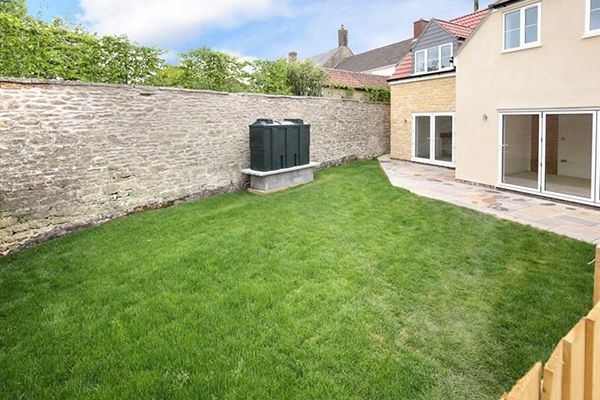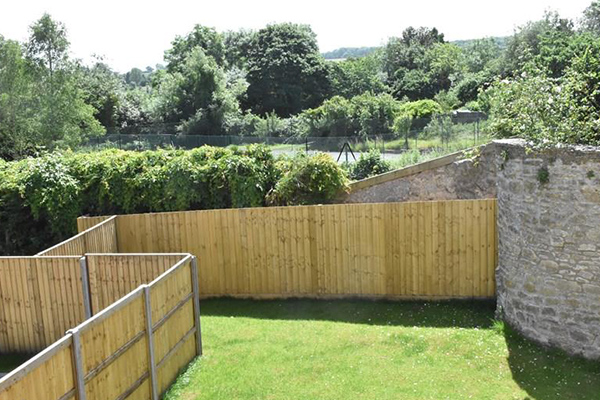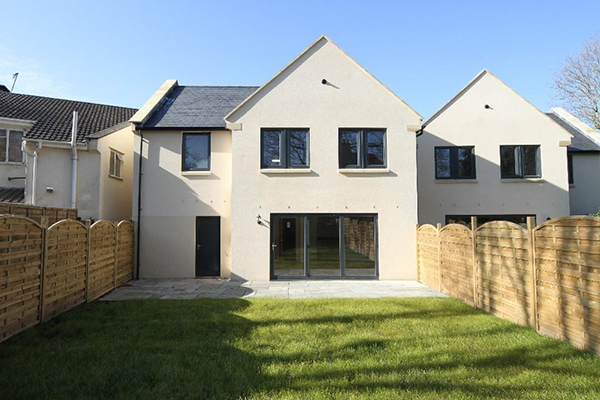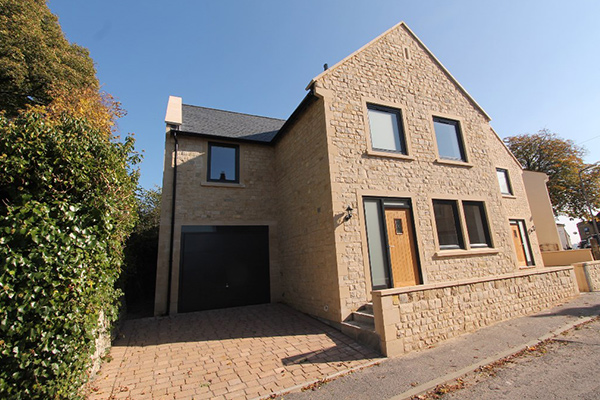If you are looking to make your home bigger, there are certain things to take care of before you start to design and build any extension to your property.
One big question is: Do you need planning permission to build an extension onto your home?
Criteria for Planning Permission
With planning permission for home extensions, there are specific considerations that determine whether you need it or not.
The main requirement for planning permission depends on the type of home you are looking to expand. Different rules apply to flats, maisonettes, listed buildings, and houses, for example. The information here refers mainly to houses.
The law was recently updated and you can find the original legislation on the UK Government website, with the main points explained below.
Let’s look at the key factors that decide whether you need planning permission to build an extension onto your house.
The Size of Your Extension
You don’t need planning permission for a home extension if the size of the extension falls within the below parameters.
- The extension is no more than half of the area of land around the original building.
- The extension is not higher than the highest part of the roof.
- The maximum eaves and ridge height of the extension aren’t higher than the building.
If your plans and ideas for your extension falls outside of these rules, you’ll need to apply for planning permission.
The Type of Extension You Want to Build
Furthermore, there are specific rules regarding the kind of extension you want to build. This deals with whether you want a single-storey extension or not, and where the extension would be in relation to your home.
- For a rear extension to a single-storey, the extension shouldn’t add more than three metres to the original house if the building is semi-detached.
- For a detached house, the extension should extend the rear wall by more than four metres.
- The maximum height of a rear extension for single-storey homes should fall below four metres.
Anything bigger and you will need to apply for planning permission.
Side extensions for a single-storey house don’t require planning permission if they are no more than four metres high. The width must be less than half of that of the original house.
Extensions of multi-storey houses also have their own set of rules. If they don’t extend the rear wall of the original house by more than three metres, you won’t need planning permission. Two-storey extensions shouldn’t be closer than seven metres from the rear boundary of the property or you will need planning permission.
The Materials Used for Building the Extension
You can build a home extension without planning permission if you use materials that are the same or similar in appearance to those used in the existing house. If they differ a lot, especially in appearance, you will need to acquire planning permission.
The Closeness of a Public Highway to Your Property
One important thing to note is the closeness of public highways to your home. Even if the above, permitted development rules apply to your extension, you can’t build it if it would be, once finished, closer to a public highway. This includes by way of front elevation or sideways extension.
Notice that the above is not an exhaustive list of conditions and your house might have a specific set of restrictions and requirements. Consult with experts prior to launching your extension project to make sure you’re following the law. This doesn’t have to mean expensive consultations with property laywers – your local authority will often be able to offer free and extensive pre-planning advice and guidance.
How to Obtain a Planning Permission if You Need It
If your planned home extension doesn’t meet the above criteria and you need to obtain planning permission, seeking it is a relatively simple process. You have to submit a planning application to your local council – note that procedures vary slightly from council to council. Councils have a local development department, which can help you obtain the right paperwork. This will be important if, for example, you live in a conservation area and there are specific documents and requirements that you must submit alongside any planning application.
Once you obtain planning permission, keep in mind that you may still require further consent and approval before you can start building. Certain properties will have covenants that allow extensions only when you have written consent of the original developer or owner of the property. You should also keep in mind that certain extensions might not require planning permission but will need to meet with building regulations.
Asking for Advice
Building an extension without permission could end up costing you a lot of money, so while it is likely that you don’t need planning permission to get started with your project, there’s no harm in making sure.
Whether you consult with a property lawyer, a builder, or someone from the planning department at the local council, don’t be afraid to seek out advice prior to getting started. It’s better to be sure you’re building something you don’t need planning permission for than have any doubt and potentially end up spending thousands in legal fees later.





Hi, this is a comment.
To get started with moderating, editing, and deleting comments, please visit the Comments screen in the dashboard.
Commenter avatars come from Gravatar.